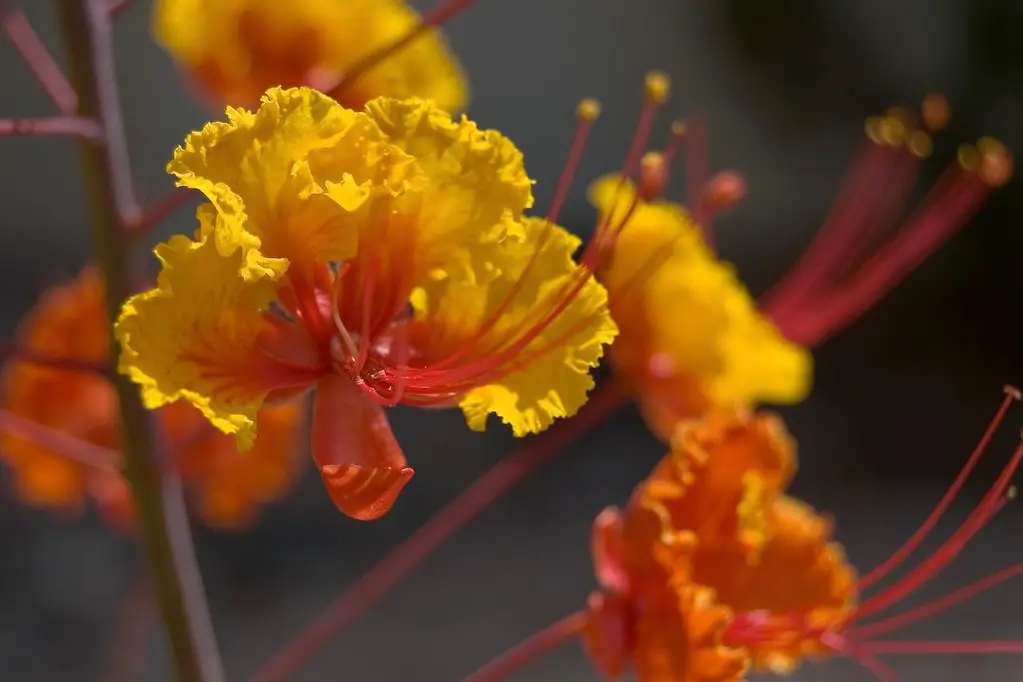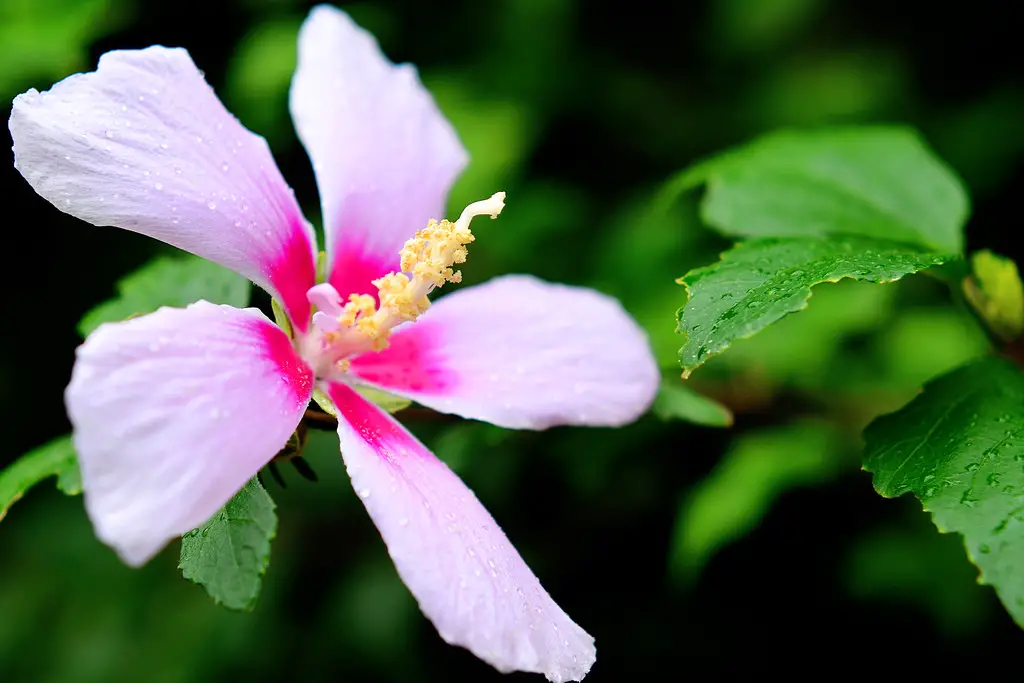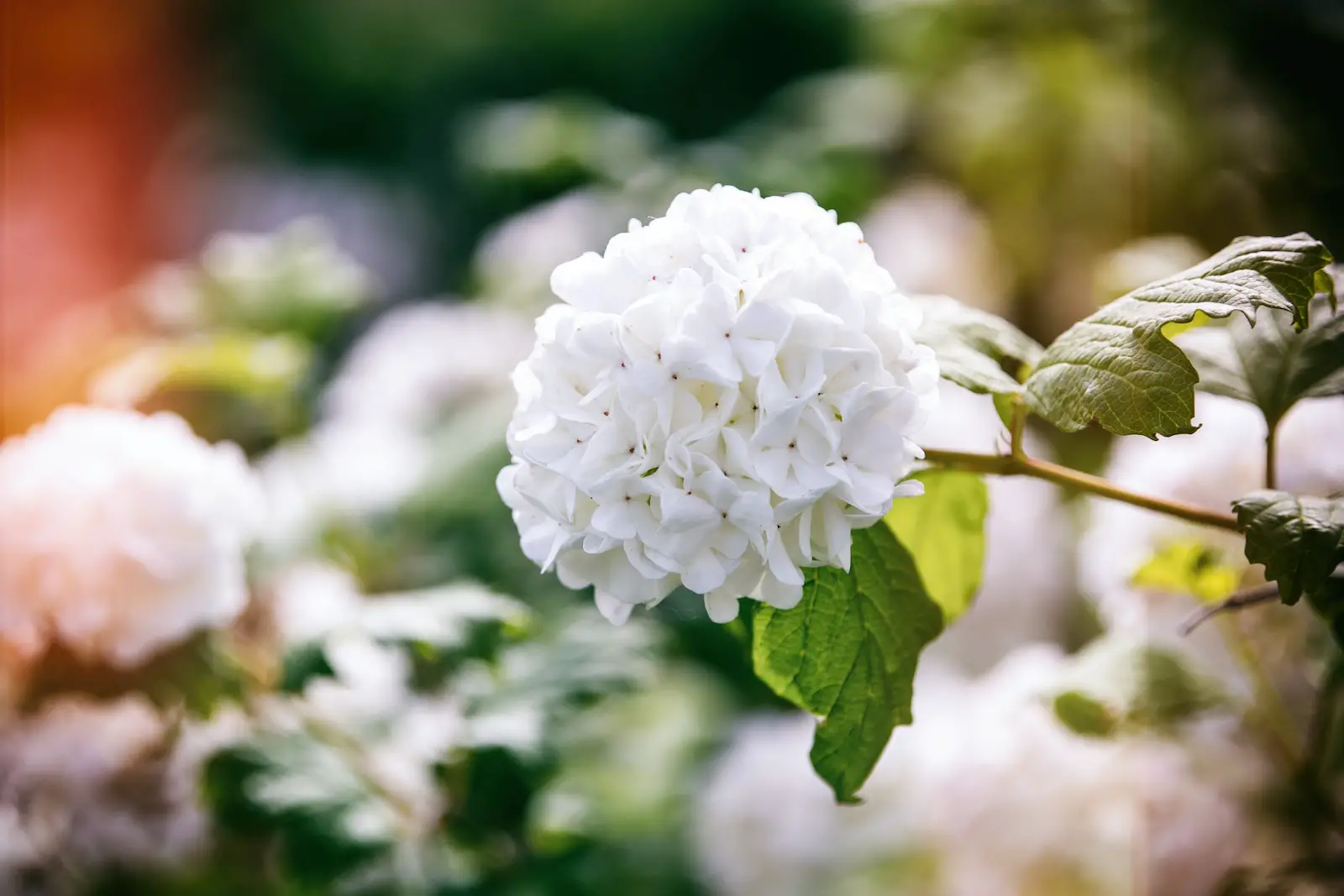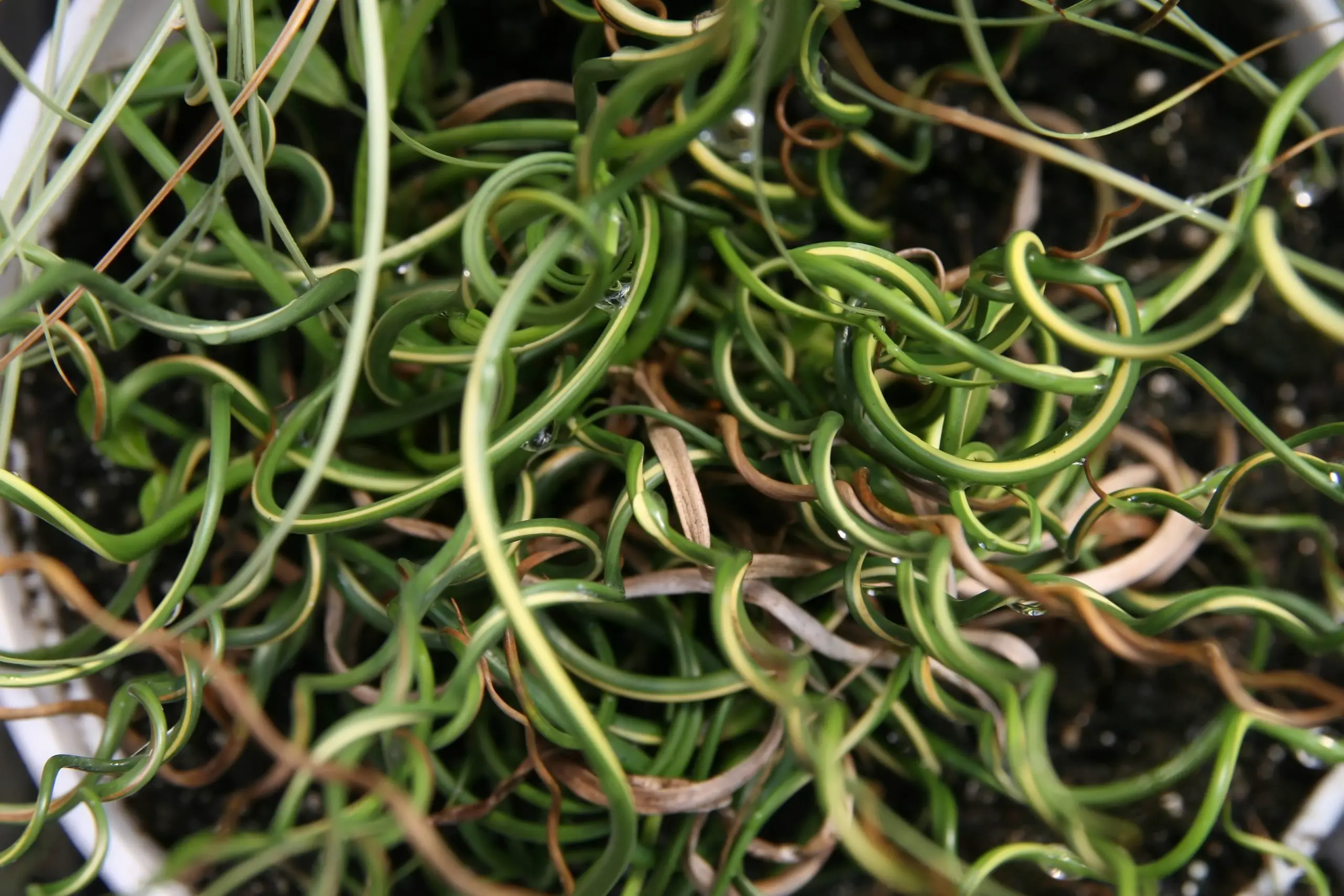The Mexican Bird of Paradise, a vibrant and alluring plant, is renowned for its strikingly colorful flowers and hardy disposition. Originating from the arid regions of Northern Mexico and the Southwestern United States, this perennial shrub brings a tropical flair to gardens with its bright red, yellow, or orange blossoms that resemble exotic birds.
Known for its drought tolerance, the Mexican Bird of Paradise is often used in xeriscaping, an approach to landscaping that minimizes water use. Its ability to thrive in harsh conditions, along with its gorgeous appearance, makes it a favorite choice for gardeners in dry climates.
The Mexican Bird of Paradise is more than just a pretty face; it’s also a low-maintenance plant. Its ease of care and ability to flourish in various soil types make it an excellent choice for both experienced gardeners and those just starting. Here’s everything you need to know to grow and maintain this beautiful plant.
| Attribute | Details |
|---|---|
| Common Names | Mexican Bird of Paradise, Desert Bird of Paradise |
| Botanical Name | Caesalpinia pulcherrima |
| Family | Fabaceae |
| Plant Type | Perennial shrub |
| Mature Size | 10-20 feet tall |
| Sun Exposure | Full sun |
| Soil Type | Well-drained soil |
| Hardiness Zones | 8-11 |
| Native Area | Northern Mexico, Southwestern United States |
Mexican Bird of Paradise Care
Growing Mexican Bird of Paradise can be a rewarding experience, as the plant is generally easy to care for. A sun-loving plant, it requires little beyond full sun exposure and well-drained soil to thrive. It’s an excellent choice for areas with hot, dry summers and mild winters.
One of the standout features of the Mexican Bird of Paradise is its drought resistance. While it appreciates occasional watering, it can withstand extended periods without moisture, making it a suitable option for water-conscious gardeners. With proper care, this plant can bloom profusely from spring to fall, offering vibrant splashes of color to any landscape.
Light Requirement for Mexican Bird of Paradise
The Mexican Bird of Paradise thrives in full sun. It needs at least six hours of direct sunlight per day to produce its characteristic vivid flowers.
Soil Requirements for Mexican Bird of Paradise
Well-drained soil is essential for the Mexican Bird of Paradise. It can tolerate various soil types, including sandy and rocky soil, but poor drainage can lead to root rot.
Water Requirements for Mexican Bird of Paradise
Watering should be moderate. While it can endure drought conditions, regular watering during the growing season helps promote blooming. However, be careful not to overwater, as this can cause problems.
Temperature and Humidity
This plant is well-suited for hot and dry climates. It can handle temperatures up to 100°F and is cold hardy down to 20°F. Humidity is generally not a concern for this desert plant.
Fertilizer
A slow-release, balanced fertilizer can be applied in the spring to encourage growth and blooming. Over-fertilizing should be avoided.
Pruning Mexican Bird of Paradise
Pruning is recommended to maintain shape and encourage bushier growth. Cutting back in late winter or early spring can help stimulate new growth and more abundant flowering.
Propagating Mexican Bird of Paradise
Propagation is typically done through seeds or cuttings. Cuttings can be taken in the spring or summer, while seeds should be soaked overnight before planting.
How To Grow Mexican Bird of Paradise From Seed
Growing from seed can be achieved by first soaking the seeds overnight to soften the seed coat. Planting in well-drained soil and keeping it moist until germination occurs is vital for success.
Common Pests & Plant Diseases
Aphids
Monitor the plant for these pests and treat with insecticidal soap if necessary.
Root Rot
Avoid overwatering to prevent this disease.
Common Problems With Mexican Bird of Paradise
Legginess
If the plant appears leggy, it may be due to insufficient sunlight.
Flowering Failure
Failure to bloom may result from overwatering or inadequate sun exposure.
Pro Tips
- Use mulch to conserve moisture and control weeds around the plant.
- Deadhead spent flowers to encourage further blooming.
- Plant in a location protected from strong winds, as the branches can be somewhat brittle.
- Consider planting near patios or walkways to showcase the beautiful flowers.
- Be patient with seeds; germination may take several weeks.



